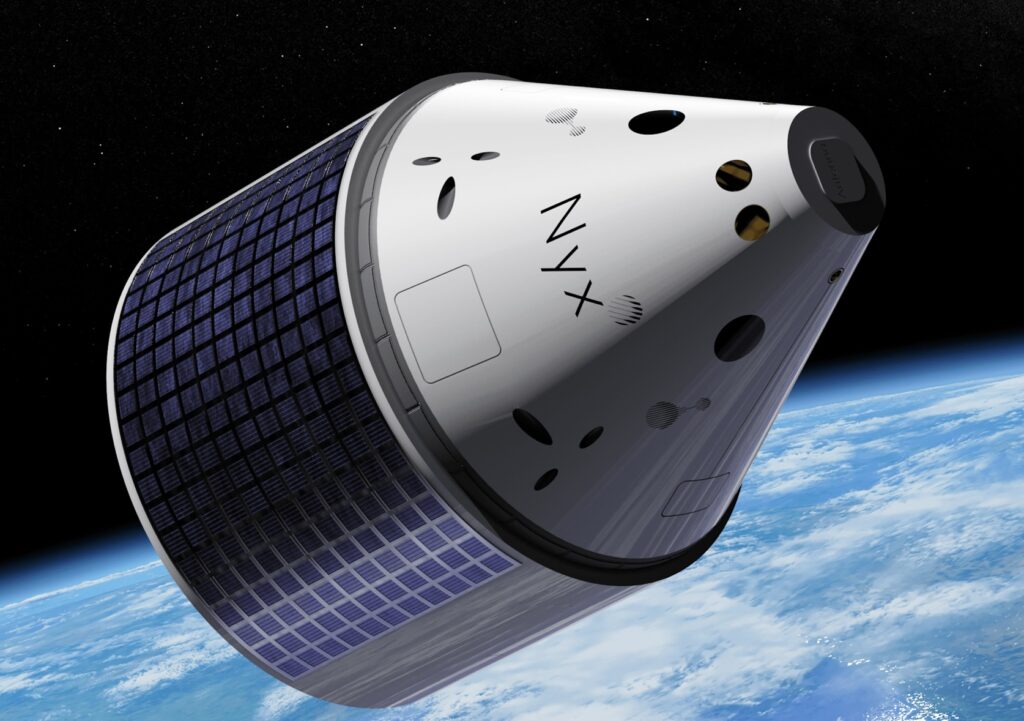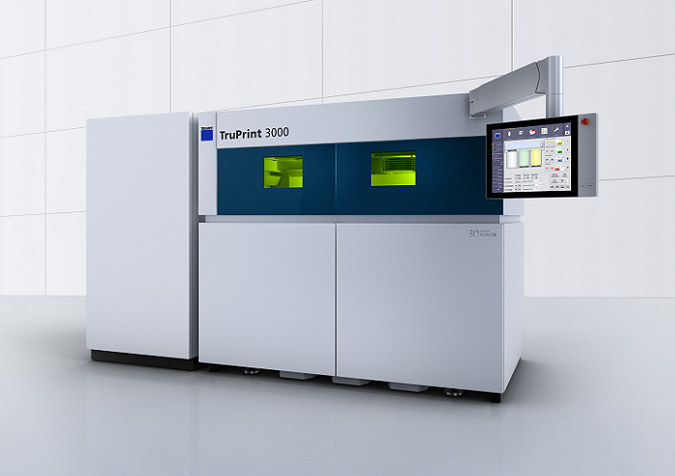The New Space Race has largely been dominated by American players, with companies like SpaceX and Vast leading the way in investment, launches, and progress. China is also showing significant activity in this arena. However, Europe’s involvement in the current space race has been more subdued, hampered by limited funding. The Exploration Company, based in Bordeaux and Munich, is partnering with another European firm, Trumpf, to boost its space endeavors through the use of 3D printing. This collaboration aims to enhance The Exploration Company’s project, Nyx, a modular, reusable capsule.
Designed for versatility, Nyx is intended to be reused up to five times, where it is meant to be able to orbit Earth for up to six months, and can be configured for various missions. These missions might include supplying space stations, conducting microgravity experiments, in-space production, and potentially space tourism. Additionally, there are plans for Nyx to undertake lunar missions, including hopping across the moon’s surface and delivering supplies.
The Exploration Company’s strategy includes launching Nyx using Falcon 9 and Ariane rockets. The firm is optimistic about conducting a demonstration flight in 2024, with a goal for a full maiden flight in 2026. To date, the company has raised $70 million, a modest sum in the highly competitive and capital-intensive space race. However, this funding places The Exploration Company at an advantage over its European counterparts. The firm is not only focusing on the capsule but is also developing its engines, the Huracán and Mistral, which will be composed of 80% 3D printed components.
Collaborating with Trumpf is a strategic move for The Exploration Company. While Trumpf is well-established in the fields of lasers and machine tools, its presence in the powder bed fusion 3D printing market is comparatively smaller. However, Trumpf has recently been flexing its muscles by developing larger systems, engaging in a partnership with Airbus Helicopters, and investing in long-term initiatives focused on the future of additive manufacturing. Now, The Exploration Company will use Trumpf metal 3D printers for its Huracán engines.
“Our aim is to offer space missions more cost-effectively than was previously possible. Our spacecraft can benefit from TRUMPF’s manufacturing and application expertise. TRUMPF has decades of experience in the production of high-precision components,” said Exploration Company CEO Hélène Huby.
“With our 3D printing technology, we are driving the commercialization of the space-travel industry. If you want to be successful in the space-travel industry today, you have to use additive manufacturing,” stated Tobias Brune, head of Additive Manufacturing at Trumpf.
The duo believes that reducing the number of parts, integrating more functionality into the same component, achieving better buy-to-fly ratios, reducing weight, and decreasing testing costs will enable them to develop the spacecraft more quickly and cost-effectively. Additionally, faster iterations and the exploration of new, optimized geometries are expected to further aid in development.

































